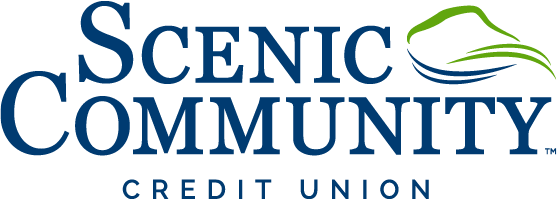You’re walking through the car lot, and you see big stickers on the vehicles promising big savings: “Cash Back!” and “Low Interest Rate!” Is one better than the other?
Before you buy a car, you’ll want to compare incentives and figure out which is best for your budget. There are pros and cons to each. This article can help you make an informed decision.
Incentives
If you’re looking to purchase a new car, incentives can be a valuable option to consider, since they can save you money.
Incentives come from the car manufacturer – not dealerships – and are passed along to drivers through new-car dealers often for a limited time only and only on specific models. Automakers offer these to encourage a car shopper to act fast and make a purchase sooner than they might have intended.
The dealer will generally offer only one incentive per purchase – usually either a cash back rebate or a lower interest rate – so think carefully and consider what will work better for you.
Cash Back
This incentive saves you money up front by lowering the total cost of the vehicle. Let’s look at the pros and cons.
Pros
- A cash back rebate can be used as a down payment for the vehicle, lowering the amount you pay interest on.
- In some cases, a cash incentive may offer more savings than a lower interest rate option. Different dealers may have different rebates, so shop around to get the best deal.
Cons
- Cash back rebates are generally offered on a limited selection of vehicles, so they might not be available for the specific make and model you’re looking for.
- Car manufacturers usually offer cash back deals only on new cars – which come with new car prices. The higher price of a new vehicle may not fit in your budget.
Low-Interest Financing
With this incentive, the dealer offers you a promotional annual percentage rate (APR) – sometimes 0% – that’s lower than traditional rates.
Pros
- It’s possible to repay the loan quicker if you make more than the minimum monthly payment, since your payment amount goes toward principal and not interest.
- With low- or no-interest financing, you’re saving money over time as you’re paying less or no interest on your loan.
Cons
- Like cash back, low-interest deals are usually offered on a limited number of vehicles. You may not find low-interest financing on the car you’re interested in buying.
- Low-interest incentives are offered only on new cars, which means you’ll probably pay more for a new vehicle than for a used car financed at a higher interest rate.
Calculate What You'll Pay
If you want to save money on car financing, the best way is to shop around. Spend the time to compare loan rates and terms and use an online auto loan calculator to be sure you’re choosing the option that is best for you.
It’s a good move to have a lender approve you for the total amount to be financed before you talk with a car dealer. With your financing offer in hand, you’ll be in a better position to compare offers from the dealer.
Everyone likes a deal and vehicle incentives can be enticing. But remember that an incentive is just one factor that goes into establishing what you’ll pay for a car. Don’t forget to consider insurance costs, gas mileage, and regular maintenance.
The Bottom Line
So, which should you choose? Typically, a cash back incentive will save you the most money overall on a vehicle purchase, because even though you’re paying interest on your car loan, it’s on a substantially lower amount. With low or no interest financing, the biggest benefit is a lower monthly payment.
If you have good credit, you may be able to take advantage of both – getting a rebate from the dealer and finding a low interest rate from a financial institution.
Get preapproved for a loan if you can. This will help you determine your car-buying budget and make the process a little less stressful.
If you want more information about financing a new vehicle, reach out to a Scenic Community Credit Union Loan Officer today.

